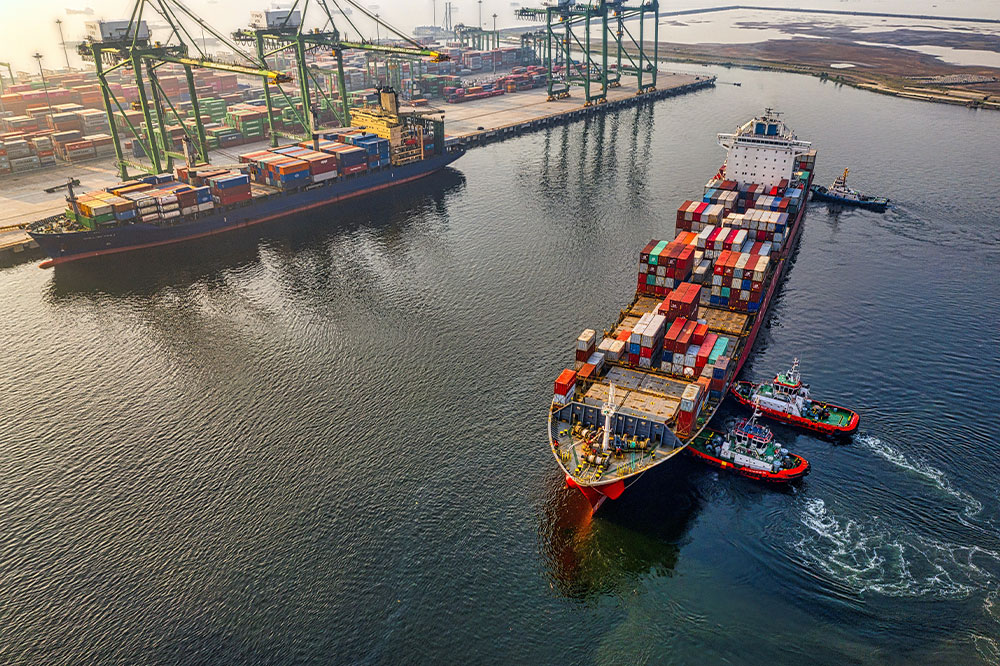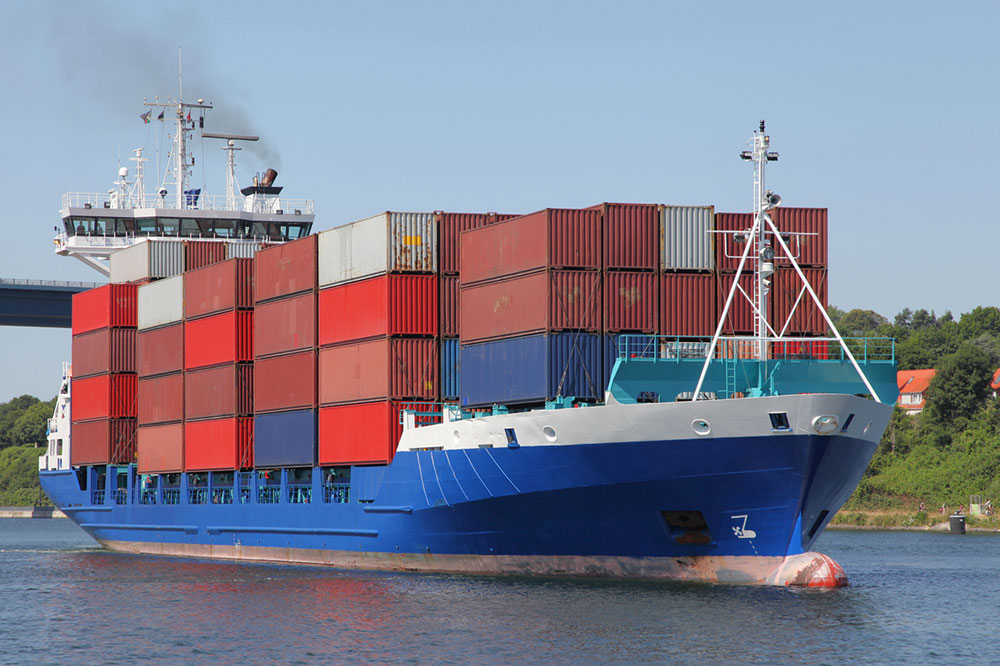Essential Tips to Prevent Common LTL Freight Shipping Errors
This article highlights key tips to avoid common mistakes in LTL freight shipping. It covers the importance of pallet usage, accurate weight measurement, cargo insurance, and strong packaging. Implementing these strategies helps prevent delays and extra costs, ensuring a smoother shipping experience. Perfect for logistics professionals seeking reliable tips for efficient LTL freight management.

Transporting smaller freight loads without reserving a full truck is known as Less-than-truckload (LTL) shipping. It offers a cost-effective and flexible solution by combining multiple shipments. Despite its advantages, managing LTL logistics can be complex, and certain mistakes can cause delays or extra expenses. To ensure smooth shipping, avoid these frequent errors in LTL freight handling.
Skipping Pallet Usage
Using pallets provides a stable base, securing cargo throughout transit. Omitting pallets may lead to cargo shifting or damage, especially when goods are directly loaded into containers.
Incorrect Shipment Weight Estimation
Misjudging weight can result in additional fees or reweighing requirements. Accurate measurements using proper scales help classify shipments correctly and avoid costly penalties.
Neglecting Cargo Insurance
Protect your shipments with insurance to cover potential loss or damage during transit. Valuable or delicate items particularly benefit from coverage, reducing financial risks.
Using Weak Packaging Materials
Proper, durable packaging is vital, as cargo goes through handling stages. Strong materials and correct packing techniques safeguard goods from damage, saving costs and ensuring delivery quality.
Recognizing these pitfalls can help facilitate a smoother LTL freight process, minimizing avoidable costs and delays.
Note: Our blog offers insights across various topics. While we aim for accuracy, verify details independently for the latest information. We are not liable for discrepancies or missed opportunities that could benefit readers.


